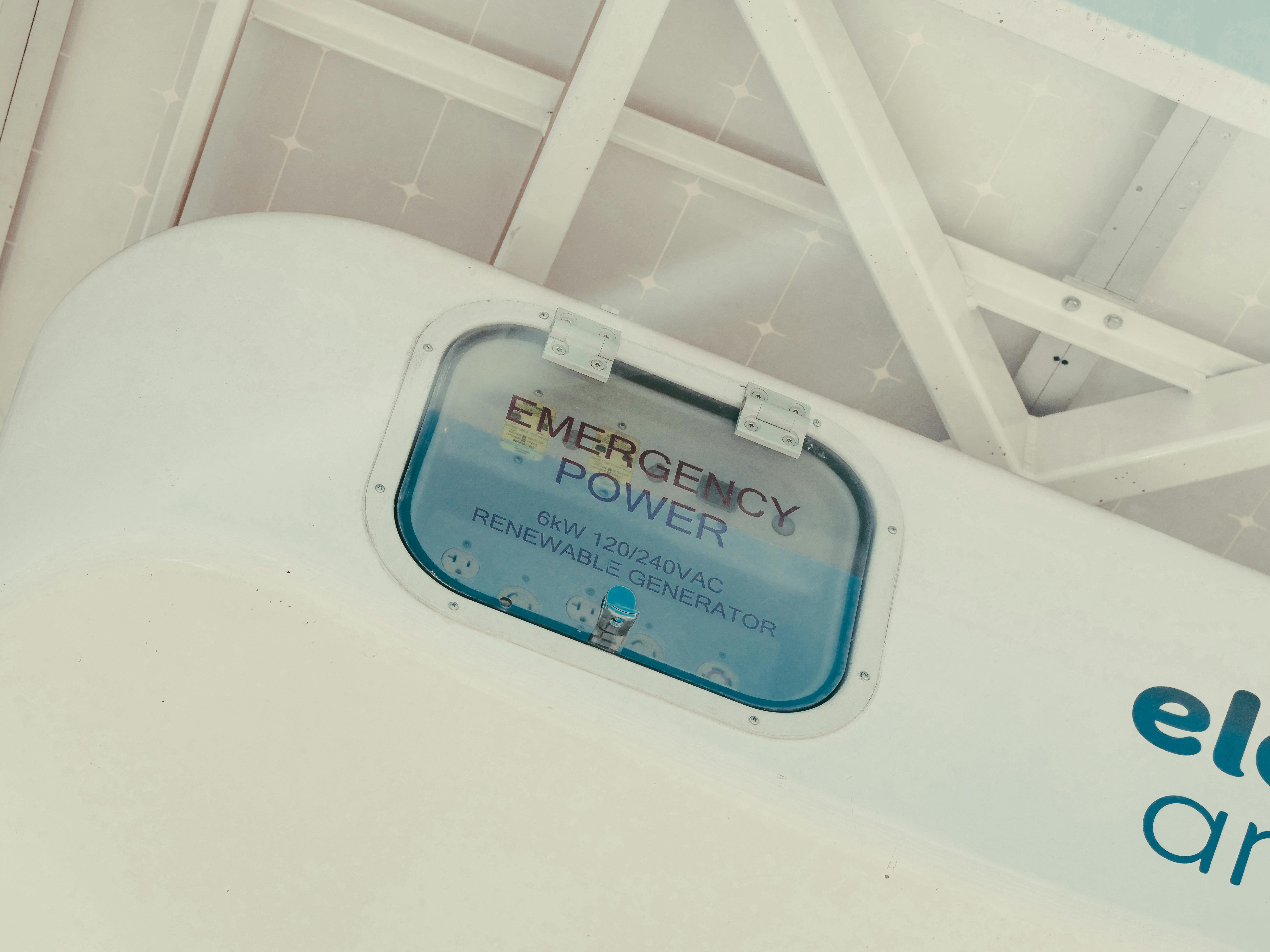Understanding Power Generators: A Complete Guide for Australian Homes
Power generators have become essential backup solutions for Australian households and businesses, providing reliable electricity during outages and in remote locations. With various types available from portable petrol units to permanent standby systems, understanding your specific power requirements and the different generator technologies can help you make an informed decision that ensures continuous electricity supply when you need it most.

How to Choose the Right Generator for Your Power Needs
Selecting an appropriate generator requires careful consideration of your electricity consumption patterns and specific requirements. Start by calculating your essential power needs during an outage, including refrigeration, lighting, heating or cooling systems, and critical appliances. Most Australian homes require between 5,000 to 10,000 watts for basic operations, while larger properties or businesses may need 15,000 watts or more.
Consider the duration of typical power outages in your area and whether you need automatic startup capability. Portable generators suit occasional use and smaller power requirements, while standby generators provide seamless power transfer for extended outages. Factor in fuel availability, storage requirements, and local noise regulations when making your selection.
Discover the Best Power Options for Homes and Businesses
Modern generators offer diverse fuel options to suit different situations and preferences. Petrol generators provide high power output and are readily available, making them popular for portable applications. Diesel generators offer superior fuel efficiency and longer runtime, ideal for commercial use and extended power outages.
LPG generators burn cleaner than petrol alternatives and offer convenient fuel storage, while natural gas units connect directly to existing gas lines for unlimited runtime. Solar generators represent the newest technology, combining battery storage with solar panels for environmentally friendly power generation, though they typically provide lower output suitable for smaller applications.
The Smart Guide to Understanding Modern Power Generators
Contemporary generators incorporate advanced features that enhance reliability and user experience. Automatic transfer switches detect power outages and start the generator within seconds, ensuring uninterrupted power supply. Remote monitoring capabilities allow you to check generator status and receive maintenance alerts through smartphone applications.
Inverter technology produces clean, stable power suitable for sensitive electronics, while traditional generators may cause voltage fluctuations. Smart load management systems prioritise essential circuits during low fuel situations, extending operational time. Weather-resistant enclosures and quiet operation technology make modern generators more suitable for residential installations.
What You Should Know Before Buying a Home Generator
Proper installation requires professional assessment of your electrical system and local council permits. Australian standards mandate specific clearance distances from buildings, windows, and property boundaries for safety and noise compliance. Consider ongoing maintenance requirements, including regular oil changes, filter replacements, and periodic load testing to ensure reliability.
Fuel storage presents important considerations, particularly for petrol and diesel generators. Petrol degrades over time and requires fuel stabilisers, while diesel offers longer storage life. LPG and natural gas eliminate fuel degradation concerns but may require additional infrastructure installation.
| Generator Type | Power Output | Fuel Type | Estimated Cost Range |
|---|---|---|---|
| Portable Petrol | 1,000-8,000W | Petrol | $500-$3,000 |
| Standby Diesel | 10,000-50,000W | Diesel | $8,000-$25,000 |
| LPG Standby | 8,000-30,000W | LPG | $6,000-$20,000 |
| Solar Generator | 500-3,000W | Solar/Battery | $2,000-$8,000 |
Prices, rates, or cost estimates mentioned in this article are based on the latest available information but may change over time. Independent research is advised before making financial decisions.
The Future of Power: From Diesel to Solar Solutions
The generator industry continues evolving toward cleaner, more efficient technologies. Hybrid systems combining traditional generators with battery storage offer improved fuel efficiency and reduced emissions. Solar generators with advanced lithium battery technology provide increasingly viable alternatives for moderate power requirements.
Smart grid integration allows generators to sell excess power back to the electricity network during peak demand periods, potentially offsetting operational costs. Hydrogen fuel cells represent emerging technology that may revolutionise backup power generation, offering zero emissions and quiet operation, though current costs remain prohibitive for most residential applications.
Regulatory changes increasingly favour environmentally friendly power solutions, with some Australian states offering rebates for solar generator installations. As battery technology improves and costs decrease, solar generators will likely capture larger market share, particularly in areas with abundant sunshine and moderate power requirements.
Selecting the right generator involves balancing power requirements, fuel preferences, budget constraints, and environmental considerations. Professional consultation ensures proper sizing and installation compliance with Australian electrical standards, providing reliable backup power for years to come.




